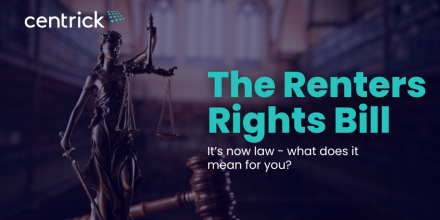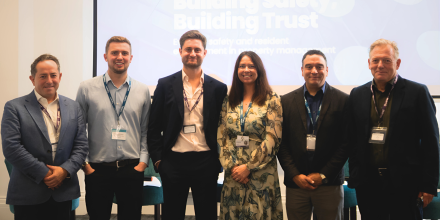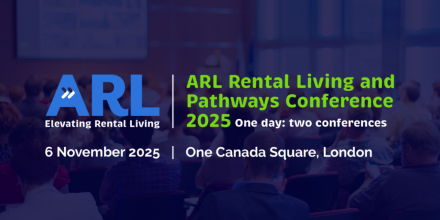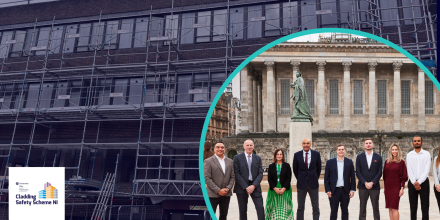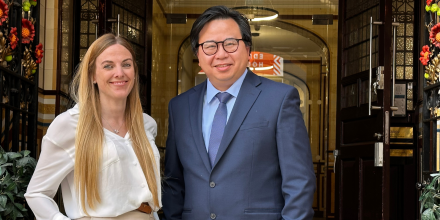The final report from the Grenfell Tower Inquiry has been published today, seven years after the devastating fire that claimed 72 lives in London. This extensive 1,700-page document identifies key parties responsible for the tragedy and underscores that the disaster was the tragic outcome of a series of severe human errors.
Connor Scherer, Centrick’s Building Safety Director, remarked:
“The Grenfell Inquiry Phase 2 report is a stark reminder of the catastrophic failures that led to this disaster. It is imperative that we carefully consider the findings and ensure that every effort is made to prevent such a tragedy from ever happening again. The report’s recommendations will significantly influence our industry, shaping how we operate now and into the future.”
Here’s what this morning’s report on the disaster unveiled, in a nutshell, and what we can learn to stop such horrors from ever occurring again.
What Was In The Grenfell Inquiry?
Who Was Responsible For Grenfell?
The Grenfell Inquiry has clearly identified those it holds accountable for the 2017 disaster, naming a range of institutions and individuals. These include:
- The government;
- The tenant management organisation (TMO);
- The Royal Borough of Kensington and Chelsea;
- The manufacturers and suppliers of the materials used in the refurbishment;
- Those who certified the materials’ suitability for high-rise buildings;
- The architect;
- The principal contractor and several subcontractors, “particularly Harley Curtain Wall and its successor Harley Facades”;
- Some of the consultants, “in particular the fire engineer Exova Warringtonfire”;
- The local authority’s building control department;
- The London Fire Brigade.
Sir Martin Moore-Bick, chair of the inquiry, emphasised in his speech following the release of the report that “not all of them bear the same degree of responsibility for the eventual disaster… but, as our reports show, all contributed to it in one way or another, in most cases through incompetence, but in some cases through dishonesty and greed.”
The report reveals a disturbing pattern in which Grenfell tenants were reported to have repeatedly voiced concerns about the building’s safety, only to be labelled as ‘troublemakers’ and disregarded. Relationships “were increasingly characterised by distrust, dislike, personal antagonism and anger,” with “some, perhaps many, occupants of the tower” viewing the tenant management organisation as “an uncaring and bullying overlord that belittled and marginalised them.” Both the TMO and the Royal Borough of Kensington and Chelsea bore joint responsibility for fire safety at Grenfell Tower, yet the years from 2009 to 2017 were marked by what the report describes as a “persistent indifference to fire safety.”
Centrick Building Safety Director, Connor Scherer, emphasised the importance of resident communication, stating that:
“Ultimately, resident communication sits at the heart of fire safety. The final Grenfell Inquiry released today stated that residents were continually ignored and dismissed prior to the disaster, showcasing just how vital respectful, transparent and accessible fire safety information is.”
Unsafe Materials Were Utilised
Grenfell Tower was constructed with dangerously unsafe materials, particularly in its cladding and insulation. The Grenfell Inquiry uncovered alarming evidence that Arconic, the manufacturer of the cladding, had “deliberately concealed” the risks associated with the panels used on the tower. Similarly, Celotex, the primary supplier of insulation, “embarked on a dishonest scheme to mislead customers.” However, the responsibility doesn’t rest solely with these manufacturers— the report went on to say that their actions went unchecked because the regulatory bodies responsible for overseeing and certifying such products repeatedly failed in their duty to monitor and supervise them.
The government also bears significant responsibility for the use of hazardous materials. The findings of the report said that despite the known risks, the government took little to no action to ban combustible materials from being used in construction. The dangers of flammable cladding and insulation were recognised as far back as 1991, after a fire engulfed the Knowsley Heights tower block in Huyton, Merseyside. The Inquiry concluded that successive Labour and Conservative governments missed crucial opportunities to prevent this tragedy.
Fire Regulations Were Defective
In addition to government failures, the inquiry revealed that multiple regulatory bodies fell short of upholding the high standards they claimed to maintain. The report highlights an “inappropriate relationship” between approved inspectors and the entities they were tasked with overseeing. “Approved inspectors had a commercial interest in acquiring and retaining customers that conflicted with the performance of their role as guardians of the public interest,” the report states. It also criticises the Building Research Establishment, a trusted authority in the construction industry, noting that its systems were “not robust enough to ensure complete independence.”
“As a result, it sacrificed rigorous application of principle to its commercial interests,” the report concludes.
What’s Next?
The Grenfell Inquiry has put forward 58 recommendations aimed at preventing another tragedy like Grenfell. A key recommendation is the establishment of a single independent body to oversee and regulate the construction industry, ensuring “much-needed change.” This body would report directly to a designated government secretary of state. Its responsibilities would include regulating construction products, overseeing testing and certification processes, licensing contractors for higher-risk buildings, conducting research, and accrediting fire risk assessors.
The inquiry also suggests that the secretary of state should have a chief construction adviser with sufficient resources to provide comprehensive advice on industry matters. Additionally, the inquiry calls for the formal recognition of fire engineers as a profession, with statutory protection for their title and functions, as currently, no formal qualifications are required to practice. The Metropolitan Police, whose investigation is separate from the Inquiry, have indicated that they will need 18 months to review the findings and take appropriate action.
The Building Safety Act
The Grenfell disaster remains a pressing issue, with 4,630 residential buildings still identified as having dangerous cladding. The Building Safety Act 2022 has sought to set out various pieces of guidance to prevent events such as Grenfell from ever happening in the UK again. This includes…
- allocating accountable persons for building safety to provide responsibility,
- handing more powers to the Building Safety Regulator,
- writing up a new Gateway System that prioritises building safety from design to construction,
- Creating a new homes ombudsman and new homes quality board for future construction
- Ensuring there is a digital golden thread of information to trace accountability and ensure info is always available
You can find out more about the Building Safety Act here.
Stay In The Loop With Centrick
The Grenfell Fire Inquiry serves as a sombre reminder of the critical importance of building safety and the devastating consequences when it is overlooked. As we reflect on the tragic loss of 72 lives, it is clear that now is the time to focus on proactively improving and changing the structures in place that dictate the safety of those in residential buildings across the UK. This tragedy underscores the urgent need for rigorous safety standards and accountability in all aspects of construction and maintenance.
At Centrick, we are committed to honouring the memory of those affected by Grenfell by ensuring that such a tragedy never happens again. Our Building Safety division is dedicated to providing the highest level of expertise in fire safety compliance, risk assessments, and building management. We believe that every building should be a safe space, and we work tirelessly to make that belief a reality. To contact us, scroll to the bottom of this page and fill out the form: together, let’s build a safer future—one where the lessons of Grenfell lead to meaningful change and a lasting legacy of safety for all.



